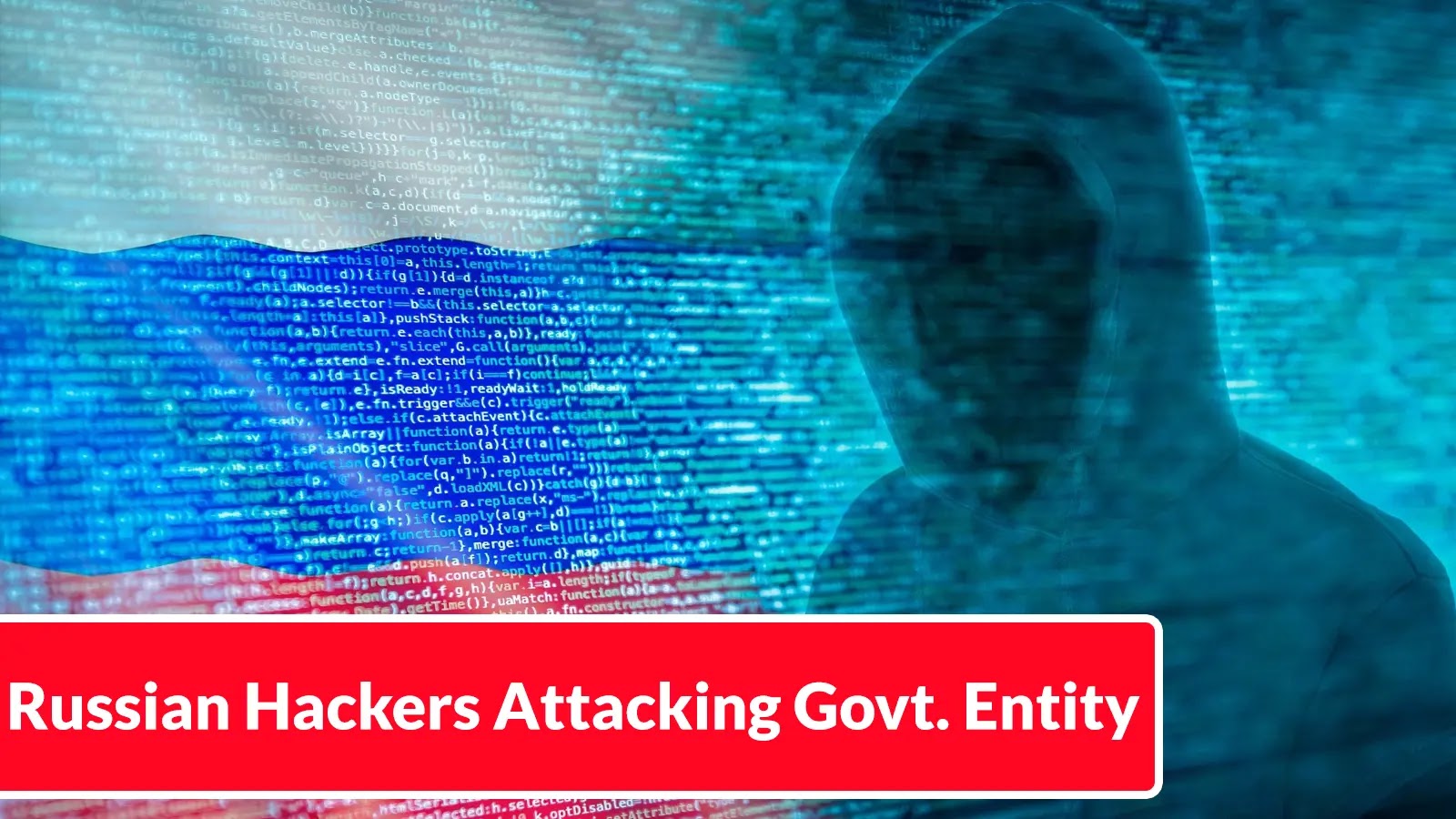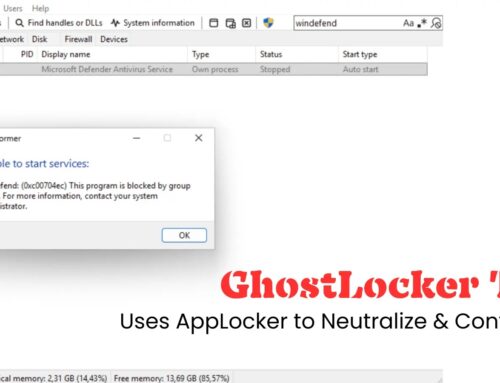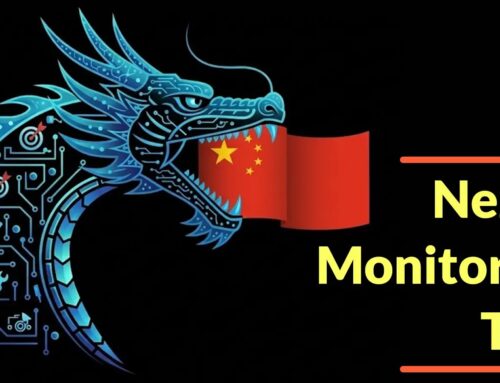
Russian Hackers Attacking Government Entity Using Stealthy Living-Off-the-Land Tactics
Unmasking the Stealth: Russian Hackers’ Living-Off-the-Land Tactics Against Government Entities
The digital battleground is constantly shifting, and in its latest iteration, Ukrainian government organizations find themselves under incessant cyber siege. Russian-backed threat actors are not just attacking; they are evolving, deploying sophisticated evasion techniques to secure persistent network access. Recent investigations have brought to light coordinated campaigns precisely targeting critical infrastructure and government entities, showcasing an alarming escalation in targeting strategies. These adversaries are leveraging advanced tactics designed to circumnavigate traditional security defenses, with a significant emphasis on credential compromise and stealthy persistence.
The Evolution of Evasion: Why Living-Off-the-Land is a Game Changer
The term “Living-Off-the-Land” (LotL) describes a cyberattack strategy where threat actors utilize legitimate tools and functionalities already present within the target system and network. Rather than bringing their own malicious executables, which are often flagged by security software, LotL allows attackers to blend in with normal network traffic and administrator activities. This makes detection incredibly challenging. For government entities, which often possess complex IT environments and a wide array of trusted software, LotL presents an ideal pathway for covert operations. Russian hackers are exploiting this by weaponizing administrative tools, scripting languages, and operating system features, transforming them into instruments of compromise and data exfiltration.
Persistent Threats: Inside the Advanced Tactics
The nature of these attacks extends beyond simple intrusion. The primary goal is often persistent access, allowing for long-term surveillance, data theft, and potential sabotage. Attackers are focusing on credential harvesting as a foundational step, understanding that valid credentials unlock doors that traditional perimeter defenses protect. Once inside, they employ a variety of LotL techniques:
- PowerShell Abuse: A powerful scripting language built into Windows, PowerShell is frequently abused for reconnaissance, lateral movement, and payload execution without dropping new binaries.
- WMI (Windows Management Instrumentation): Used for managing local and remote computers, WMI can be leveraged by attackers to execute code, gather system information, and achieve persistence.
- Scheduled Tasks: Creating or modifying legitimate scheduled tasks allows adversaries to maintain execution at predefined intervals, ensuring persistence even after reboots.
- Registry Manipulation: Modifying registry keys can enable persistence, disable security features, or redirect legitimate processes to malicious ones.
- Legitimate Remote Access Tools (RATs): Using tools like TeamViewer or AnyDesk, which are often whitelisted, allows attackers to maintain remote control while appearing as legitimate activity.
Targeting Critical Infrastructure and Government: The Stakes Are High
The focus on critical infrastructure and government organizations underscores the strategic objectives behind these operations. Disrupting essential services, compromising sensitive government data, or undermining public trust can have far-reaching national security implications. These attacks are not merely about financial gain; they represent a geopolitical struggle played out in the digital realm. The sophistication of these campaigns necessitates a paradigm shift in defensive strategies, moving beyond signature-based detection to advanced behavioral analysis and proactive threat hunting.
Remediation Actions and Proactive Defense Strategies
Combating these stealthy, LotL-driven attacks requires a multi-layered and adaptive security posture. Traditional security tools alone are insufficient when adversaries are weaponizing legitimate system components. Here are key remediation actions and proactive defense strategies:
- Enhanced Endpoint Detection and Response (EDR): Deploy and meticulously configure EDR solutions that can detect anomalous behavior, even when legitimate tools are being used. Look for unusual process relationships, command-line arguments, and network connections.
- Principle of Least Privilege: Strictly enforce the principle of least privilege across all users and systems. Limit administrative access and segment networks to contain potential breaches.
- Strong Credential Management: Implement multi-factor authentication (MFA) everywhere possible, regularly rotate passwords, and monitor for unusual login attempts. Consider privileged access management (PAM) solutions.
- Network Segmentation: Isolate critical systems and sensitive data from the broader network. This limits an attacker’s lateral movement capabilities even if they gain initial access.
- Continuous Monitoring and Threat Hunting: Actively hunt for suspicious activity within your network, rather than waiting for alerts. Look for indicators of compromise (IOCs) related to LotL techniques.
- Security Awareness Training: Educate employees about phishing, social engineering, and the importance of strong security practices, as initial access often begins with human error.
- Regular Software and System Updates: Patch vulnerabilities promptly. While LotL exploits built-in tools, many initial access methods still rely on known software flaws.
- Baseline and Anomaly Detection: Establish a baseline of normal network and system activity. Any deviation from this baseline should trigger immediate investigation.
Key Takeaways: Fortifying Against the Invisible Threat
The landscape of cyber warfare is evolving, with state-sponsored actors like Russian hackers leveraging increasingly sophisticated and stealthy tactics. Their reliance on Living-Off-the-Land techniques against government entities underscores the need for a fundamental shift in cybersecurity defenses. Organizations must move beyond perimeter security and signature-based detection to embrace advanced EDR, proactive threat hunting, stringent access controls, and robust employee training. Only through a comprehensive and adaptive security strategy can critical infrastructure and government agencies effectively defend against these persistent and stealthy threats.





